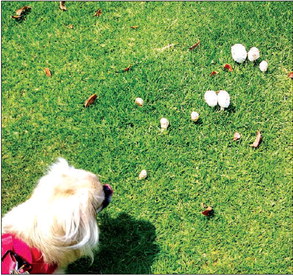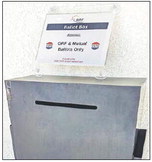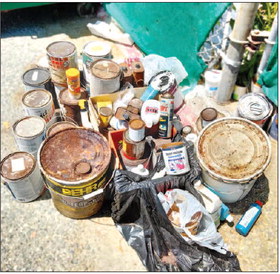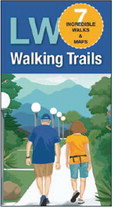What you need to know about dogs and mushroom toxicity


PAWS CLAWS AND BEAKS
What is mushroom toxicity in dogs? When you think of items that are toxic to your furry friends outdoors, there is an unlimited amount of poisons to keep in mind. Veterinarian Caroline Wilde explains mushroom toxicity in dogs and answers a key question: “Certain types of mushrooms that grow in the wild can be toxic to dogs. There are many different species of mushrooms, and toxicity and their effects vary between mushrooms and species. They depend on the specific toxin consumed. The mushroom associated most with toxicity in dogs is the Amanita species, commonly known as the Death Cap.”
If your pet has ingested any type of mushroom while out in nature, seek medical care immediately. Naturally, as a seasoned or new pet owner, it may be hard to know which mushrooms are toxic.
How does mushroom toxicity occur? As we all know, pets have a way of getting into things they shouldn’t. It’s critical to note that, ingestion of a substance like mushrooms doesn’t always occur at your campsite or on your hiking trail. For instance, “mushroom toxicity occurs when a dog eats a mushroom that contains a substance that is toxic to dogs. These mushrooms can grow in the backyard and in the wild and have a strong smell that attracts dogs. Most mushrooms that grow in the wild are not toxic, but those that are can have serious and life-threatening effects on dogs, and ingestion of just one mushroom can be fatal,” states Wilde. Consider looking out for mushrooms next time you are playing in the yard or walking the dog.
Common signs of mushroom toxicity:
While ingestion can occur at any time, how do you know if your furry friend is in jeopardy? Consider the following indications if something more is going on with your pup:
• Severe vomiting
• Severe diarrhea
• Your dog stops eating In addition, “clinical signs depend on the specific mushroom ingested, and generally occur 6-12 hours after ingestion,” says Wilde. Because of this, if your pet is experiencing gastrointestinal issues, please seek veterinary care immediately.
Headers.indd 1
Treatment Plans
Treatment plans are essential for the health of your dog.
Wilde weighs in on the importance of treatment and the best course of action when dealing with mushroom ingestion.
“If your dog eats a mushroom, assume that it is toxic until informed otherwise by your veterinarian. Don’t wait for clinical signs to occur, because clinical signs indicate that absorption has already occurred, and the more time has passed between ingestion and treatment, the more difficult treatment becomes. For example, try to get a sample of the mushroom that was ingested, or at least take a picture of it so that the mushroom can be identified, and take your dog to the veterinarian immediately. Also, if ingestion was recent, the veterinarian will likely induce vomiting and may pump the stomach. Further, the veterinarian may administer activated charcoal to help prevent further absorption of the toxin.”
The reality of mushroom toxicity in dogs The scary reality to pet owners is the after-effects of the toxicity on your furry family members. Most importantly, “there is no cure for mushroom toxicity, so after attempts to minimize absorption of the toxin, treatment consists of supportive care, with monitoring, fluid therapy, and management of symptoms such as GI signs, low blood pressure, low blood sugar, and treatment to minimize and prevent further liver toxicity,” says Wilde.
-Trupanion.com





